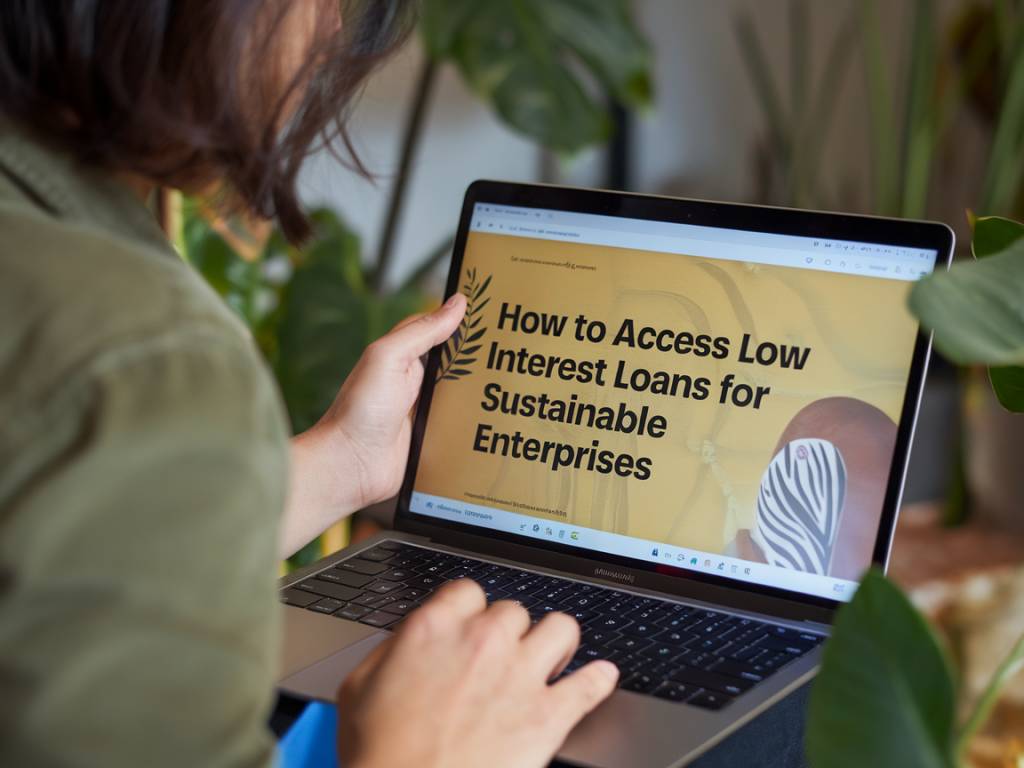The importance of financial education for marginalized populations
Financial education is an essential tool that can empower individuals to make informed and effective decisions about their finances. However, marginalized populations often lack access to the resources and knowledge needed to improve their financial situations. This can perpetuate cycles of poverty and inequality. In this article, I will explore the importance of financial education for marginalized populations, provide practical advice, concrete examples, and case studies to highlight key concepts, and offer actionable recommendations for those who wish to implement these insights in their own lives.
Understanding Marginalized Populations
Marginalized populations can include a wide array of groups such as ethnic minorities, low-income families, immigrants, disabled individuals, and those living in rural areas. These groups often face systemic barriers that limit their economic opportunities and financial literacy. According to a 2020 study by the Federal Reserve, almost 40% of American households would struggle to come up with $400 for an emergency expense, a problem that disproportionately affects marginalized communities.
The Crucial Role of Financial Education
Financial education provides the foundational knowledge that individuals need to manage money, save, invest, and plan for the future. For marginalized populations, this education can be transformative. Here are some key areas where financial education can make a significant difference:
- Budgeting and Saving: Understanding how to budget and save effectively can help individuals gain control over their financial situations. This is especially crucial for low-income households where every dollar counts.
- Credit Management: Educating individuals about credit scores, credit reports, and the impact of debt can enable them to make better borrowing decisions and avoid predatory lending.
- Investment and Wealth Building: Knowledge about investment options can help people grow their wealth over time, even if they start with modest amounts.
- Retirement Planning: Financial literacy can shape how individuals approach retirement savings, ensuring they are better prepared for the future.
Practical Advice for Implementing Financial Education
Effective financial education doesn’t have to be complicated. Here are some practical steps that can be taken to make a difference:
- Workshops and Seminars: Community organizations can host free or low-cost workshops that cover basic financial topics such as budgeting, credit scores, and saving for emergencies.
- Online Resources: Websites, webinars, and online courses can provide accessible financial education tailored to various literacy levels.
- One-on-One Counseling: Personalized financial counseling can be invaluable, especially for those facing unique challenges such as overwhelming debt or complex tax situations.
- School Programs: Integrating financial education into school curriculums can ensure that young people from marginalized communities start learning these essential skills early.
Case Study: Financial Literacy Programs for Low-Income Families
A notable example of effective financial education can be found in the San Francisco-based organization, Earn.org. Founded with the mission to help low-income families achieve economic security, EARN has been successful in promoting financial education through various programs.
One such program is the SaverLife initiative, which provides financial education and incentives to encourage saving among low-income families. Participants receive regular emails and text messages with tips on budgeting, saving, and managing debt. Additionally, they can earn cash rewards for reaching savings milestones.
The impact has been significant. A study conducted by the organization revealed that 82% of participants had improved their financial behaviors, and 55% of families reported greater financial stability within a year of participating in the program. This case study underscores the potential for targeted financial education programs to create meaningful change.
Harnessing Technology for Financial Education
In today’s digital age, technology can play a crucial role in delivering financial education to marginalized populations. Mobile apps, online platforms, and social media can all be leveraged to make financial knowledge more accessible.
- Mobile Apps: Apps like Mint, YNAB (You Need A Budget), and Credit Karma offer tools for budgeting, tracking expenses, and monitoring credit scores. These resources can help individuals take control of their finances from the convenience of their smartphones.
- Online Courses: Platforms like Coursera, Udemy, and Khan Academy offer free and low-cost courses on personal finance, investing, and entrepreneurship. These courses can provide a comprehensive education and are often self-paced, allowing individuals to learn at their own speed.
- Social Media: Social media platforms can be powerful tools for disseminating financial advice. Influencers and organizations dedicated to financial literacy often share tips, success stories, and educational content that can reach wide audiences.
Real-World Impact: Microfinance and Entrepreneurship
Microfinance is another area where financial education intersects significantly with real-world outcomes for marginalized populations. Microfinance institutions (MFIs) provide small loans and financial services to individuals who do not have access to traditional banking, often coupled with financial education.
A striking example of success in this area is the story of Grameen Bank in Bangladesh, founded by Muhammad Yunus, who later won the Nobel Peace Prize for his efforts. Grameen Bank has provided micro-loans to millions of people, primarily women, enabling them to start businesses, improve their living conditions, and break the cycle of poverty. Financial education is a linchpin in this model, empowering borrowers to manage their finances effectively and ensure the sustainability of their ventures.
Policy Recommendations and Community Efforts
While individual efforts are crucial, broader systemic changes are needed to ensure that financial education reaches marginalized populations on a larger scale. Here are some recommendations:
- Government Programs: Governments should invest in comprehensive financial education programs, particularly those aimed at low-income families and marginalized communities. Policies that promote financial inclusion can also play a vital role in providing access to banking services, credit, and financial advice.
- Corporate Responsibility: Financial institutions and corporations can sponsor financial literacy programs and workshops, providing resources and expertise to support community education efforts. Partnerships between the private and public sectors can amplify the reach and impact of these initiatives.
- Community-Based Organizations: Grassroots organizations and non-profits can tailor financial education programs to meet the specific needs of their communities. Collaborating with local leaders and leveraging community networks can enhance the effectiveness of these efforts.
Steps You Can Take Today
If you are part of a marginalized community or wish to support financial education efforts, here are some steps you can take today:
- Educate Yourself: Start with the basics of personal finance. Utilize free online resources and tools to gain a foundational understanding of budgeting, saving, and investing.
- Share Knowledge: If you have financial expertise, consider volunteering to teach financial literacy workshops or mentor individuals in your community.
- Advocate for Change: Engage with local policymakers and community leaders to advocate for investments in financial education programs. Your voice can be a powerful tool for driving change.
- Support Organizations: Donate to or volunteer with organizations that are dedicated to improving financial literacy among marginalized populations. Your support can help expand their reach and impact.
Together, we can work towards a future where everyone, regardless of their background, has the knowledge and tools needed to achieve financial stability and success.



